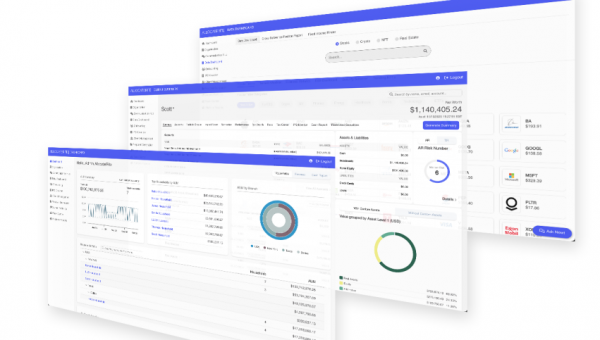Trading strategy using Kelly trading and option pricing in a professional way requires a comprehensive understanding of both concepts. Here is a step-by-step guide to developing such a strategy:
1. Understand Kelly Criterion: The Kelly Criterion is a mathematical formula used to determine the optimal allocation of capital in a risky investment. It helps to maximize long-term growth by considering the probability of success and the potential payoff.
2. Identify Trading Opportunities: Conduct thorough research and analysis to identify potential trading opportunities. This can be done through technical analysis, fundamental analysis, or a combination of both.
3. Determine Option Pricing: Use option pricing models, such as the Black-Scholes model, to determine the fair value of options. This involves considering factors such as the underlying asset's price, strike price, time to expiration, volatility, and interest rates.
4. Assess Risk-Reward Ratio: Evaluate the risk-reward ratio for each trading opportunity. This involves determining the potential profit and the associated risk of the trade. Calculate the expected return and the probability of success for each trade.
5. Calculate Kelly Criterion: Apply the Kelly Criterion formula to determine the optimal position size for each trade. The formula is: Kelly % = (W – [(1 – W) / R]), where W is the probability of winning, and R is the win/loss ratio.
6. Implement Position Sizing: Based on the calculated Kelly %, determine the appropriate position size for each trade. This ensures that the capital is allocated in a way that maximizes long-term growth while considering the risk involved.
7. Monitor and Adjust: Continuously monitor the performance of the trading strategy and make necessary adjustments. This includes regularly updating option pricing calculations, reassessing risk-reward ratios, and recalculating position sizes based on changing market conditions.
8. Risk Management: Implement risk management techniques to protect capital and manage potential losses. This can include setting stop-loss orders, diversifying the portfolio, and using hedging strategies.
9. Backtesting and Simulation: Before deploying the strategy with real capital, perform backtesting and simulation to evaluate its historical performance. This helps to identify potential flaws and refine the strategy accordingly.
10. Continuous Learning: Stay updated with the latest developments in option pricing models, market dynamics, and trading strategies. Continuously improve your knowledge and skills to enhance the effectiveness of the strategy.
Remember, developing a trading strategy using Kelly trading and option pricing requires expertise and experience. It is recommended to consult with a professional financial advisor or trader to ensure the strategy is tailored to your specific financial goals and risk tolerance.



